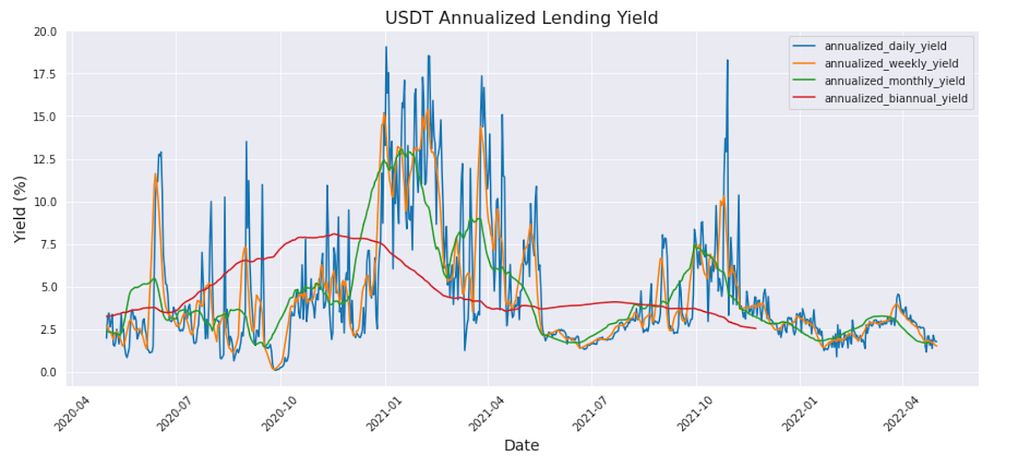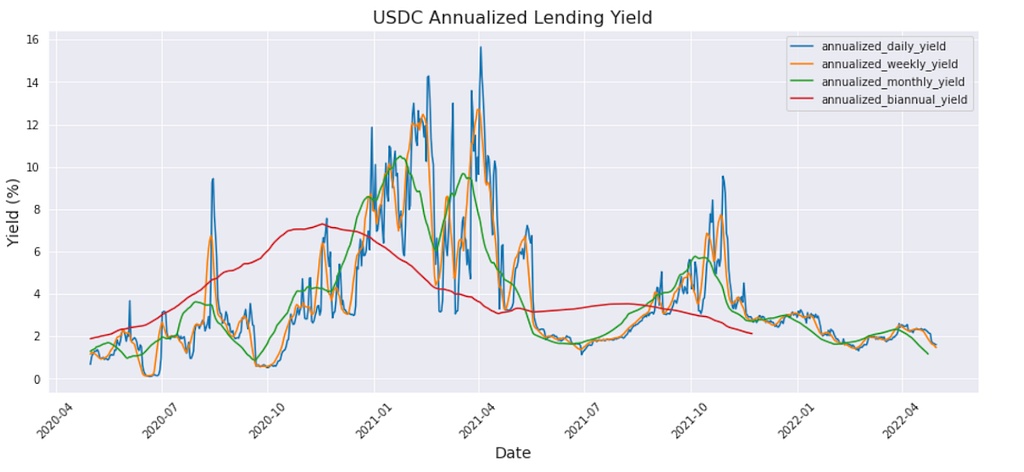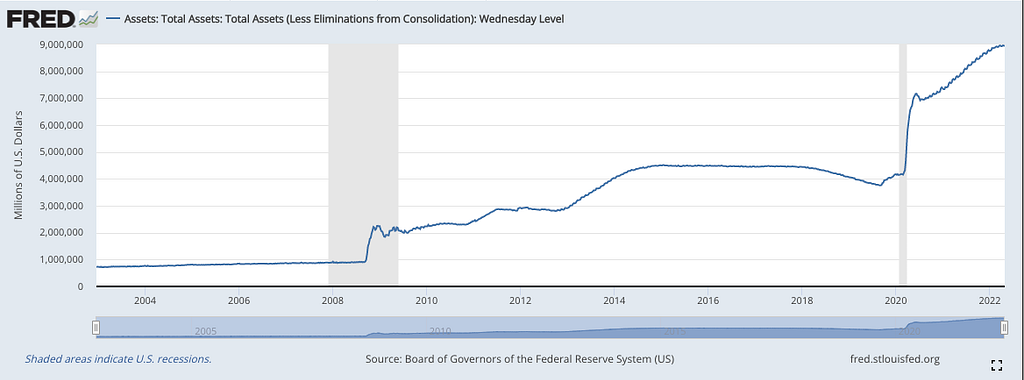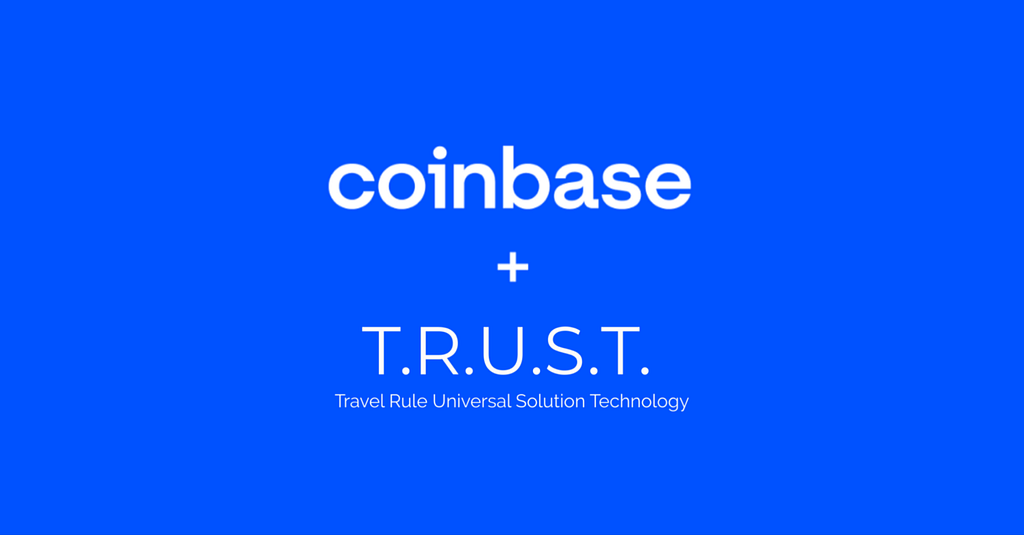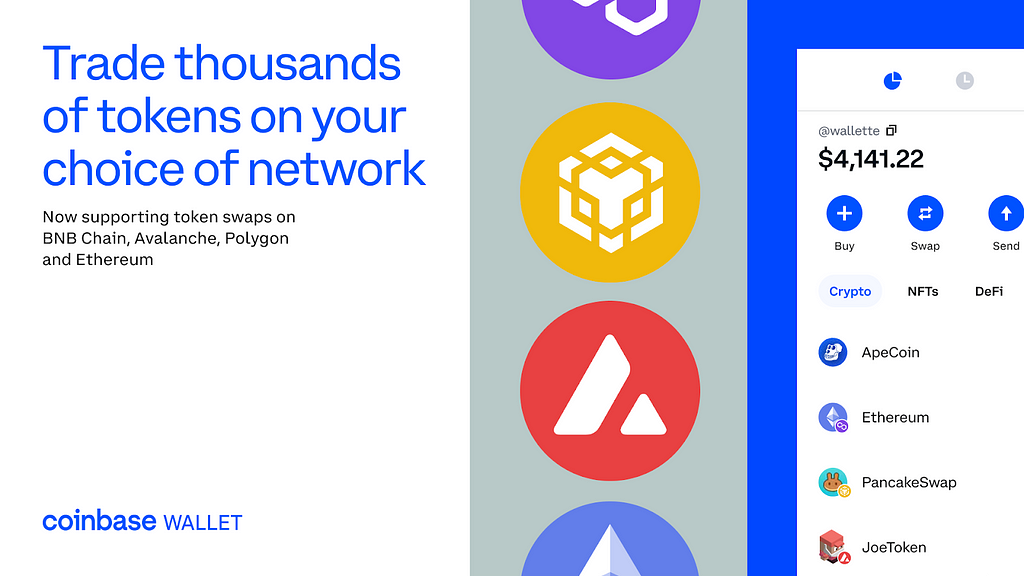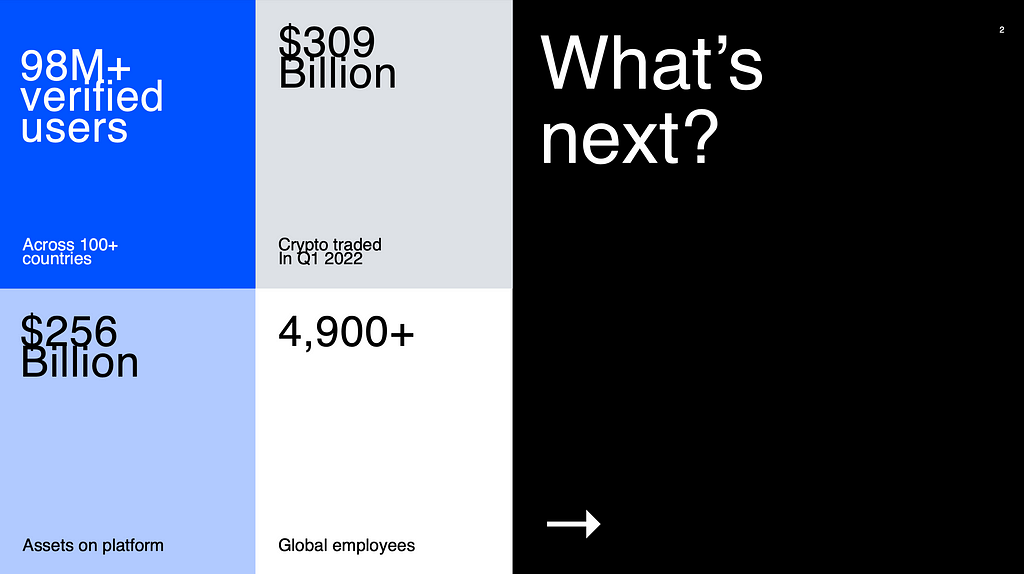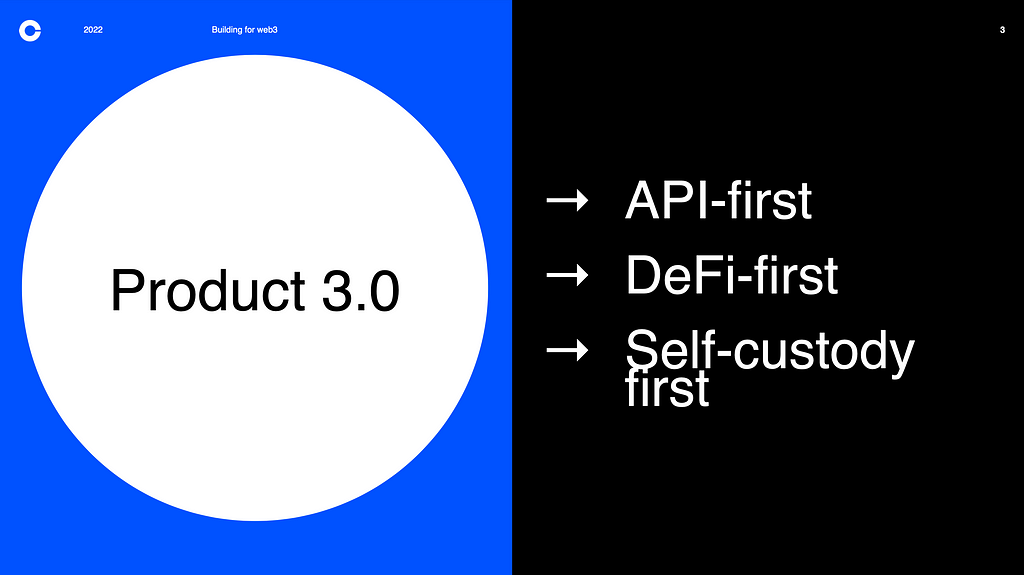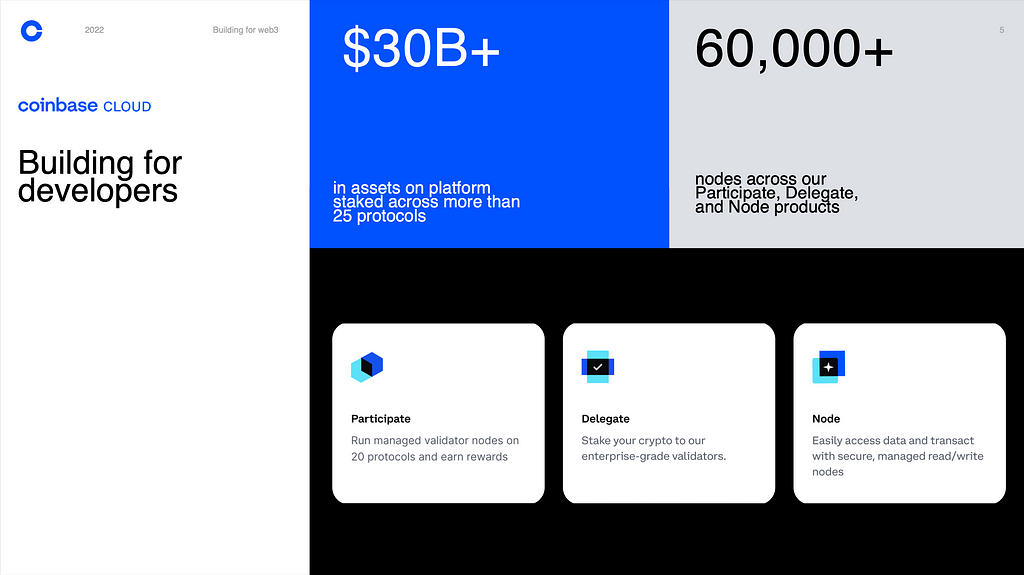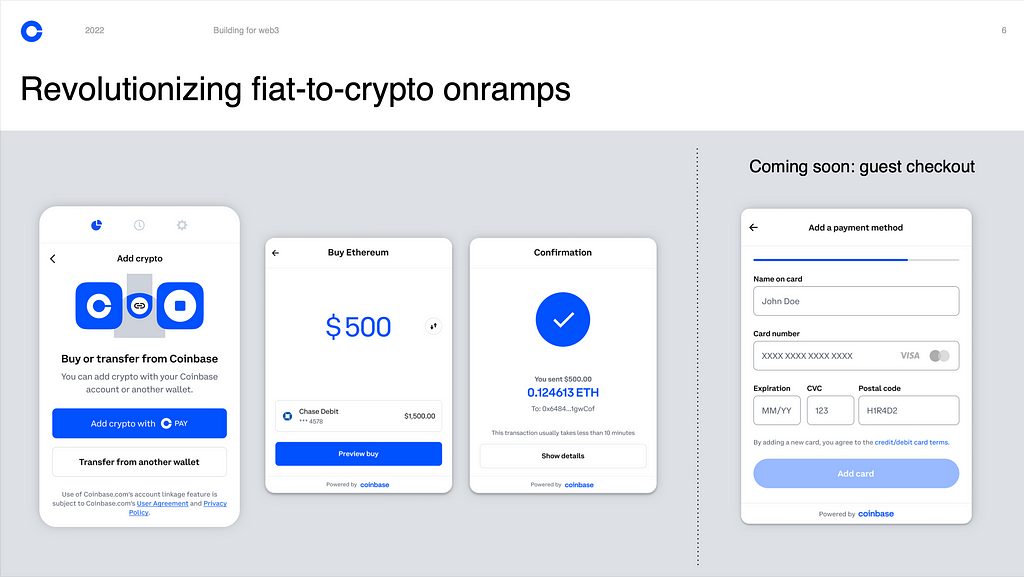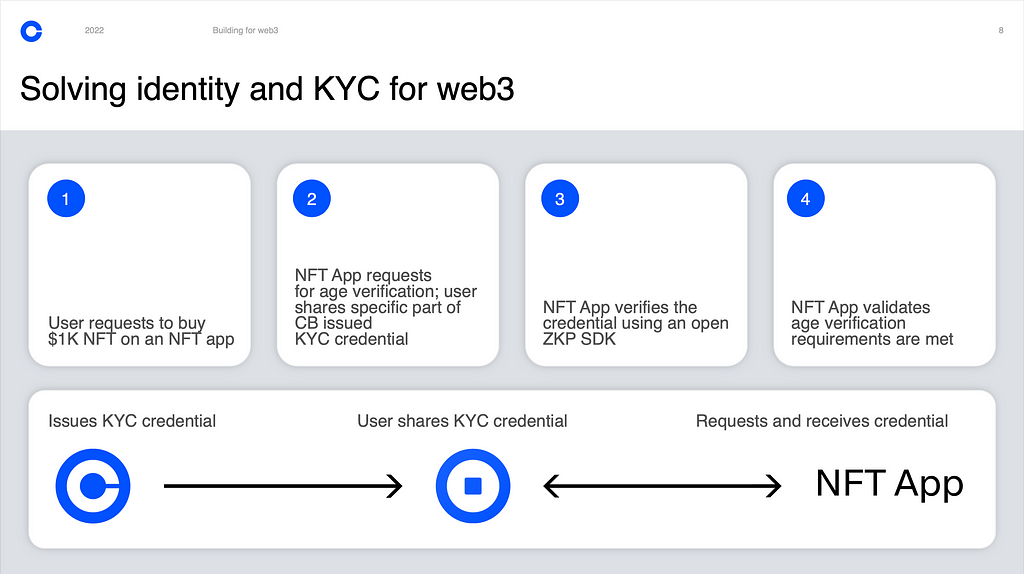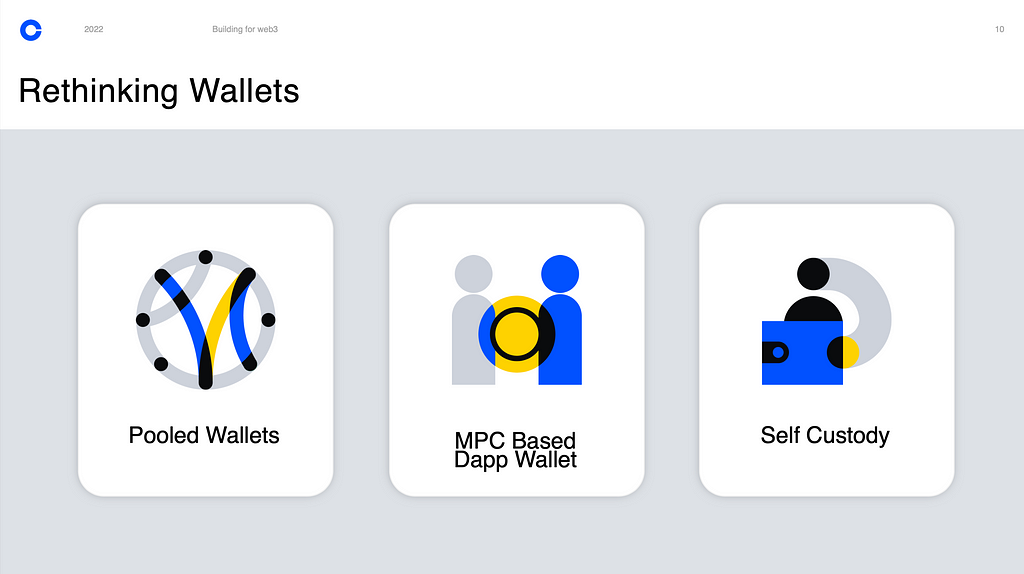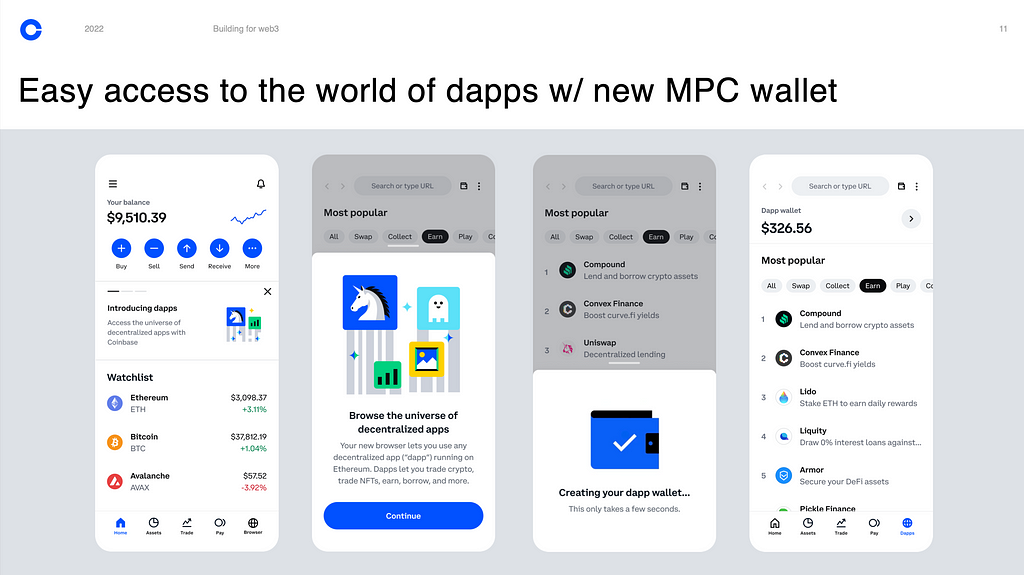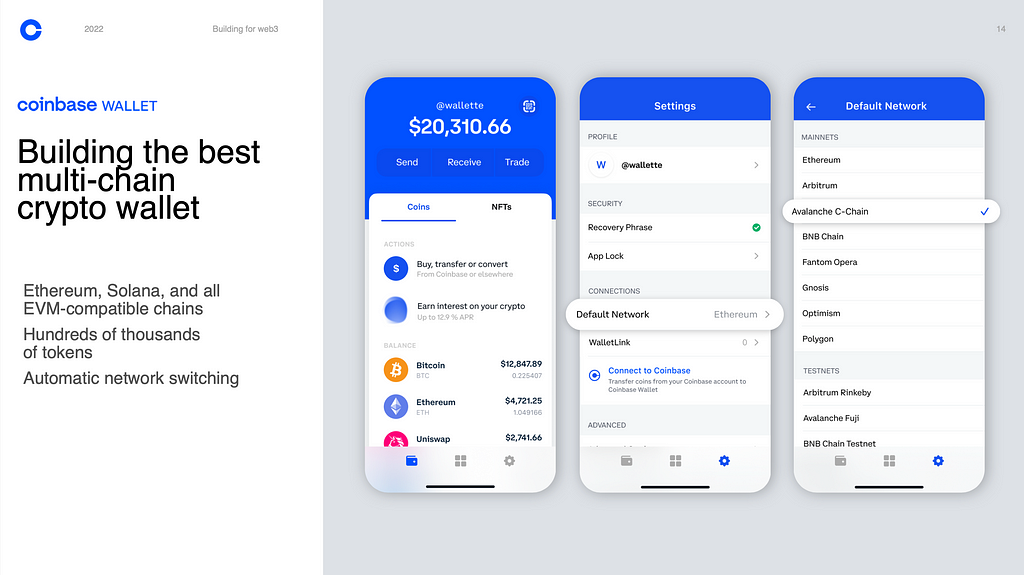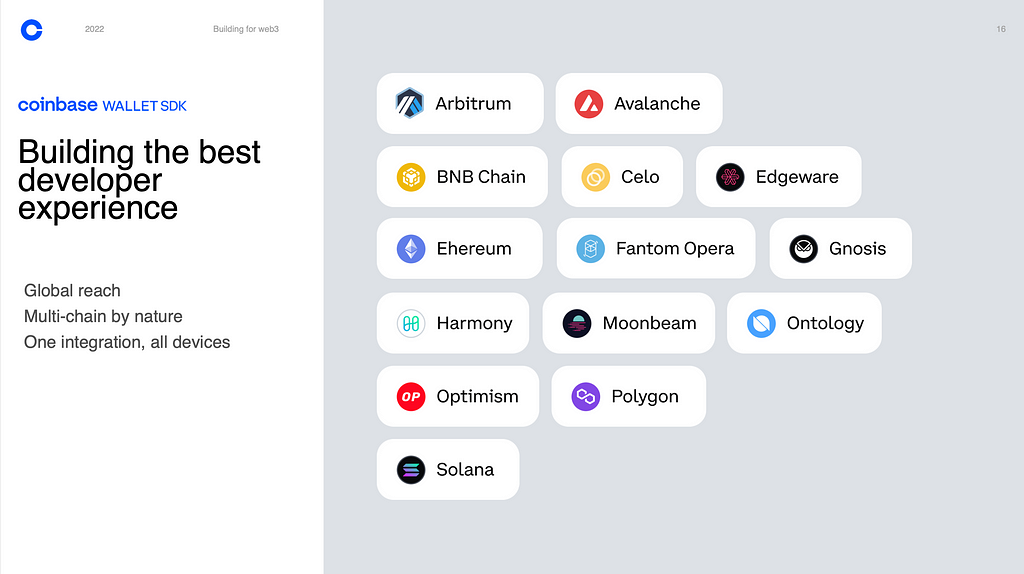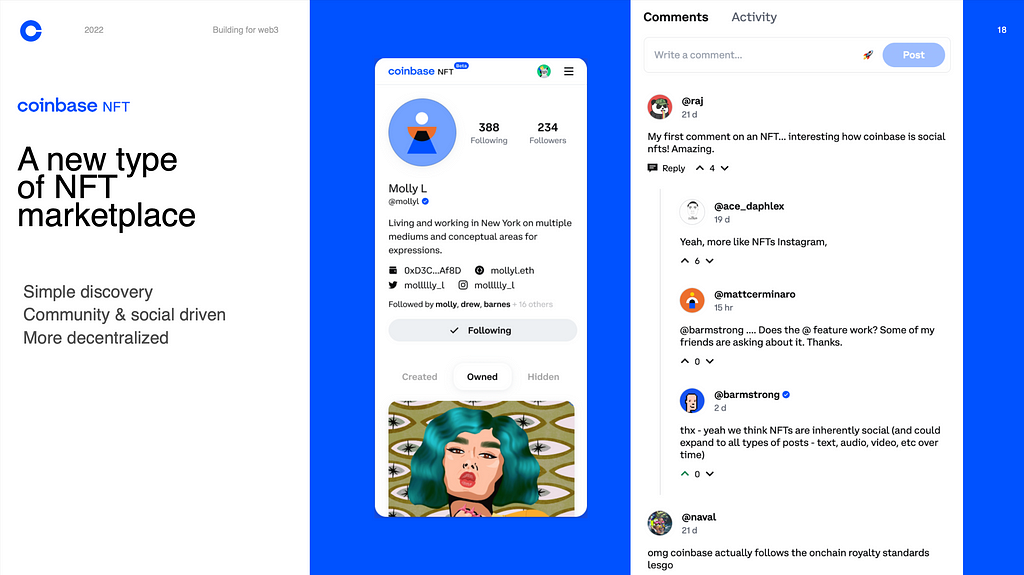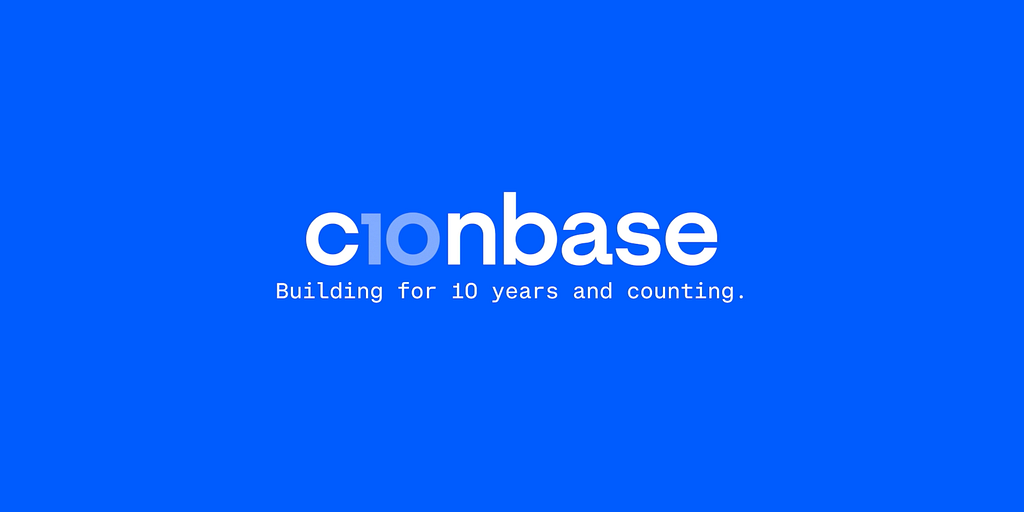Listing assets on Coinbase is free, and always has been
Tl;dr: Coinbase’s goal is to provide a neutral marketplace where customers can engage with every safe and compliant crypto asset. As part of this effort, we have always ensured that listing an asset on Coinbase is completely free of all fees and prerequisite costs.

By Surojit Chatterjee
The goal of Coinbase’s exchange is to provide a neutral marketplace where customers can engage with every safe and compliant crypto asset. To support those assets transparently and equitably, we have spent years honing a consistent listing process that creates a level playing field for all the new assets being created in crypto.
As part of our efforts to level the playing field, listing an asset on Coinbase is, and has always been, free. We don’t charge listing or application fees to asset issuers. Unlike many exchanges, we also don’t charge prerequisite asset marketing fees or require issuers to adopt Coinbase’s other services. Some have speculated otherwise, but it is simply not true.
How our asset listing process works
Our philosophy is to list every safe and compliant asset — we’re not here to pick winners or losers. We are committed to protecting consumers, however, so we have a rigorous asset evaluation process in place to ensure assets meet our eligibility requirements. Here’s a quick summary of our fee-free asset evaluation and listing process:
- Apply. Asset issuers start by creating an account in our Asset Hub and submitting an application with all relevant information about their asset.
- Evaluate. Coinbase’s Digital Asset Listing Group (DALG) evaluates the information submitted via Asset Hub using our standard listing evaluation framework to ensure the asset meets the eligibility requirements for our legal, compliance, and technical security reviews.
- List. Once approved by DALG and integrated with our platform, the asset can be listed on our exchange. Being listed on the exchange does not mean that Coinbase endorses the asset, but that it meets Coinbase’s listing requirements.
- Monitor. We constantly monitor all assets on our exchange and may de-list assets if they stop meeting our requirements, or if new information becomes available.
Today, Coinbase offers over 212 assets for custody and 166 assets for trading. We are not in the business of providing investment advice, but we do believe education is critical to help the average investor decipher between the many assets on our platform. To help foster learning and education, Coinbase Earn is an invaluable tool for users to earn rewards and learn about different assets available on our platform.
How Coinbase Earn works
Once an asset is listed on Coinbase, asset issuers have the at-will opportunity to launch campaigns to educate users about their asset. Coinbase takes a small fee for facilitating these campaigns, but whether or not an Earn campaign is expected has no impact on whether or not the asset will be approved by our listing process. Here’s how it works:
- Inquire. Asset issuers get in touch with our Earn team generally via our website or a referral, to learn more about how they can increase awareness and engagement for their asset.
- Design. Coinbase and the asset issuer work together to design a bespoke educational campaign for users.
- Launch. Coinbase launches the campaign on our website and in our retail app. Unlike direct marketing campaigns, Earn campaigns are passive, and users choose to interact at their own will.
- Earn. When users engage with the campaign, Coinbase distributes funds to the engaging users. Coinbase receives a small proportional distribution fee when these funds are distributed.
Users have found great value in our Earn products, and we’ve seen tremendous traction with millions of users engaging with the educational content to date. Education is a key part of our efforts to build a more open, accessible financial system, and we will continue to innovate in this space as we work to list every safe and compliant crypto asset for our users.
Listing assets on Coinbase is free, and always has been was originally published in The Coinbase Blog on Medium, where people are continuing the conversation by highlighting and responding to this story.




